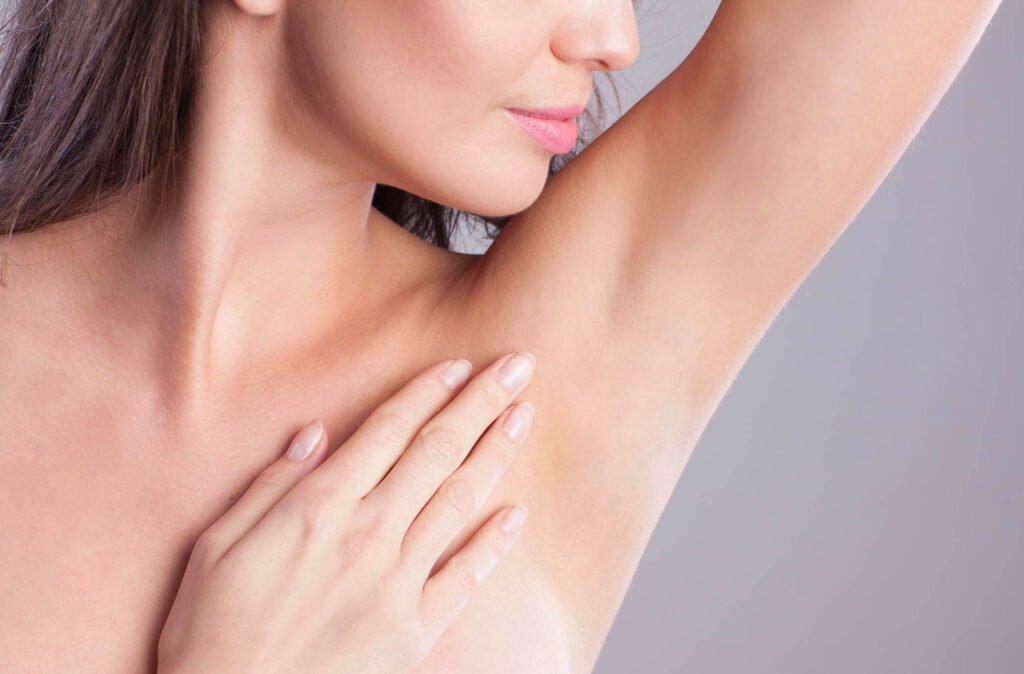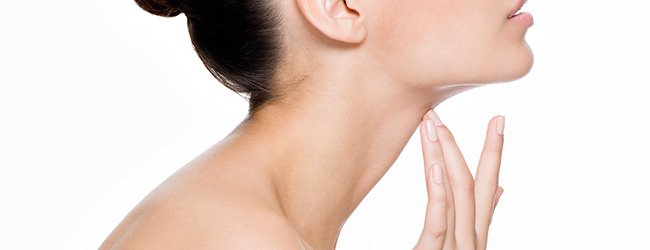Maintain Sweat-Free Confidence with Expert Timing Advice from Korea’s Top Dermatologists
Botox for hyperhidrosis (excessive sweating) is a highly effective, non-surgical treatment used to temporarily block sweat gland activity in targeted areas such as the underarms, hands, feet, and face. While the effects can be dramatic, they aren’t permanent—which leads to one of the most important questions patients have:
When should I schedule my next Botox treatment?
Korean dermatology clinics are at the forefront of hyperhidrosis care, offering personalized treatment schedules based on your body’s response, lifestyle, and long-term goals. Here’s everything you need to know to plan your next session wisely.
⏳ How Long Does Botox for Sweating Last?
The effects of Botox typically last between 4 to 6 months, depending on several key factors:
| Area Treated | Average Duration |
|---|---|
| Underarms | 5–6 months |
| Palms of hands | 4–5 months |
| Soles of feet | 3.5–5 months |
| Face/forehead | 3–4 months |
Clinics in Korea may also tailor schedules based on:
- Seasonal changes (i.e., booking in spring to stay dry in summer)
- Lifestyle triggers (i.e., athletes, public speakers, performers)
- Occupation (i.e., chefs, healthcare workers, flight attendants)
🏥 What Korean Clinics Offer for Long-Term Planning
Korea’s leading dermatology clinics don’t just offer injections—they provide a strategic sweat control plan that includes:
🔹 Personalized Treatment Calendar
You’ll receive a schedule for rebooking based on your body’s response. Many clinics send KakaoTalk or email reminders when it’s time for the next session.
🔹 Discounted Packages for Repeat Treatments
Frequent patients can access bundle pricing, especially for underarms and hands.
🔹 Optional Combination Therapies
If Botox results fade sooner than expected, your dermatologist might recommend pairing it with:
- Rejuran or laser therapy to soothe the skin
- Iontophoresis or microneedling to extend dryness
- Prescription topicals between sessions
📅 Best Times to Schedule: Seasonal Strategy
Many Korean clinics advise patients to time Botox strategically around life events or climate:
| Timing | Why It’s Effective |
|---|---|
| Late spring (May–June) | Stay dry through hot, humid summer |
| Pre-holiday season (October–November) | Be sweat-free during parties, photos, travel |
| Before job interviews or weddings | Boost self-confidence for major milestones |
| After stress periods | Reset after exams or big work deadlines |
🧳 Tips for Medical Tourists
If you’re flying to Korea for Botox for sweating, plan to:
- Book 5–7 days before major activities for full results
- Schedule a return session before departure if you’re staying over a month
- Join a clinic’s international patient program to receive online consultation reminders and follow-up support
✈️ Some clinics offer “Botox refresh packages” specifically designed for returning foreign patients with prior treatment history.
💬 Dermatologist Insight
“Consistent scheduling leads to better outcomes and longer sweat-free periods. Many of our patients come in twice a year, and we monitor their progress with digital sweat mapping and follow-up care.”
— Dr. Park Ji-Hyun, Gangnam Skin Center, Seoul
✅ Summary: Your Hyperhidrosis Botox Timeline
| Milestone | Recommended Action |
|---|---|
| After first treatment | Track results for 2 weeks |
| 3–4 months post-injection | Monitor for return of sweating |
| 4–6 months post-injection | Book next session before full relapse |
| Year-round | Follow your clinic’s personalized schedule |
📝 Want Personalized Reminders or a Sweat Control Plan?
Many Korean clinics offer:
- Custom treatment calendars
- SMS or KakaoTalk reminders
- Repeat-visit discounts for foreign patients
- Long-term packages for multi-area hyperhidrosis
Let me know if you’d like help creating a Botox reminder calendar or finding a Korean clinic with recurring care programs. I can also prepare this content for your blog, brochure, or patient portal.




